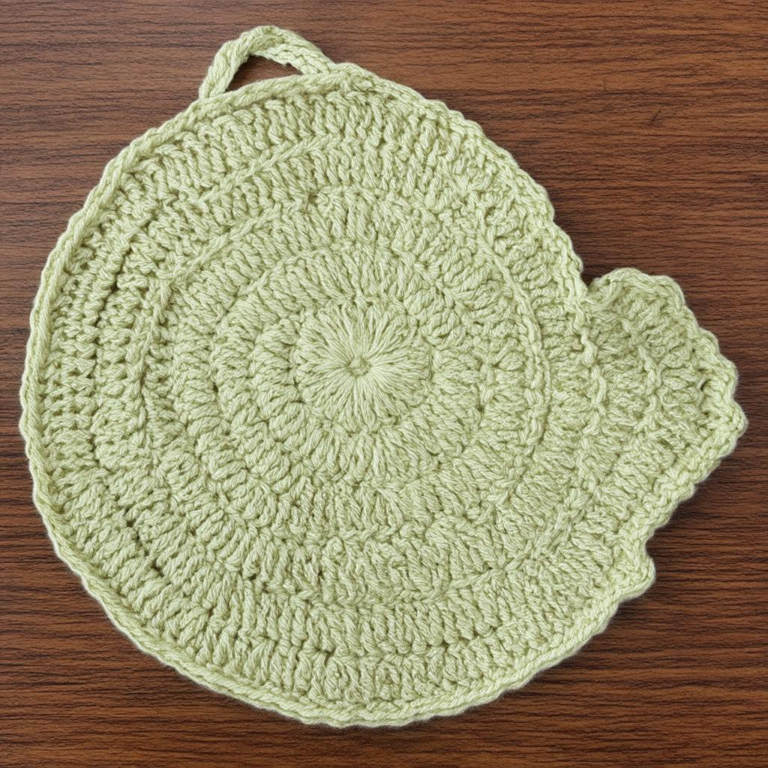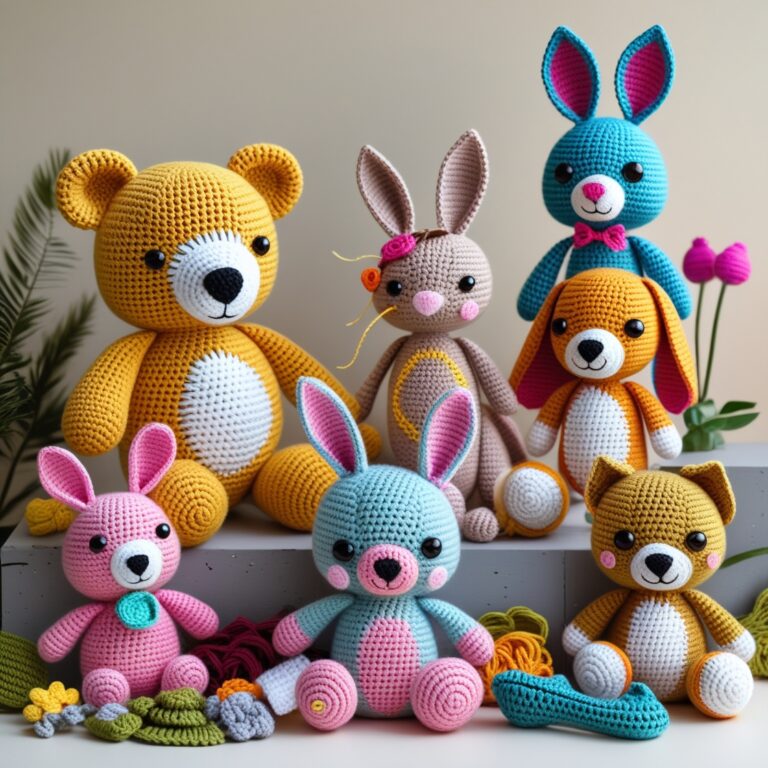[Check out teh latest arrivals now!](https://www.amazon.com/s?k=knitting near me&s=date-desc-rank&tag=smartymode-20)
Okay, hereS a thorough article following your guidelines, including structure, keyword integration, and the specified tone, based on the provided information:
Best Knitting Classes Near Me: Compare Options & Find Your Perfect Fit!
Are you captivated by the rhythmic click of knitting needles and the satisfying creation of fabric? Perhaps you’re eager to learn a new skill that transforms simple yarn into gorgeous, wearable art, or maybe you’re a seasoned knitter looking to hone your expertise and connect with a local community. The journey into the world of knitting can be incredibly rewarding, but finding the perfect starting point – often in the form of a good knitting class – is crucial. This guide will help you navigate your local options, ensuring you find the right knitting instruction for your needs and desired skill level, covering everything from absolute beginner classes to advanced workshops.
[Explore Top Rated knitting near me on Amazon.]
Understanding Your Needs Before Searching for Knitting classes
Before jumping into a search for “knitting classes near me,” it’s helpful to consider your personal objectives and preferences. This thoughtful preparation will help refine your search and ensure the knitting classes you discover are a great match.
Assessing Your Skill Level
Absolute Beginner: Have you never picked up needles before? Look for classes specifically designed for novices.These usually cover the basics, such as casting on, knit stitch, purl stitch, and casting off.
Beginner with Some Experience: Maybe you’ve tried knitting, but you’re inconsistent, or you understand some basic stitches but need guidance and refining with your technique.
Intermediate Knitter: You’re agreeable with basic stitches, but want to learn new patterns, improve consistency, or tackle more complex project types, such as cables, colorwork, or shaping garments.
Advanced Knitter: You are proficient,and you’re seeking to master advanced techniques,experiment with intricate designs,or maybe even learn how to design your own knitting patterns.
Defining Your Learning style and Preferences
In-Person vs. Online Classes: Consider whether you prefer the hands-on, interactive environments of local in-person classes or the adaptability and convenience of online learning platforms.
Class Size: Do you prefer smaller, more intimate settings that allow for personalized attention from the instructor or larger classes with the potential for meeting more fellow knitters?
Class Time and Schedule: Do you need classes on evenings, weekends, or specific weekdays? availability will impact which classes you can attend regularly.
Specific Techniques: Are there certain techniques you’re especially keen to learn like sock knitting, Fair Isle, or lace? Knowing this helps narrow your focus.
Project Goals: Do you want to learn to create basic scarves and hats, or do you want to be able to make more intricate items like sweaters or blankets?
[Explore Top Rated knitting near me on Amazon.]
Where to Find Knitting Classes: exploring Your Options
Once you’ve defined your needs and preferences, it’s time to investigate local offerings.several avenues exist for finding those “best knitting classes near me,” both online and in your physical community.
Local Yarn Shops: Your First Stop
yarn shops are more then just places to buy supplies; they frequently enough serve as community hubs for knitters and fiber artists. Here’s how they can definitely help you find the right class:
In-Store Classes and Workshops: Many yarn stores host regular classes taught by experienced knitters who are frequently enough part of the local craft community. these classes can vary widely in type and skill level.
Community and Connection: Local yarn stores provide a pleasant, supportive atmosphere where you can connect with other knitters, enhancing your learning surroundings.
Expert advice: Staff at yarn stores are typically informed about knitting and can provide firsthand recommendations for classes and instructors.
Access to Quality Materials: You’ll frequently enough have the convenience of purchasing your supplies - yarn, needles, patterns – directly at the store, ensuring quality and getting hands on advice about selections.
Use Store Locators: Many yarn suppliers, like Knitting Fever [5], offer store locator features on their websites, which can make it easier to find knitting supply stores near your current location that may offer classes.
Online Platforms for Knitting Tutors and Classes
The internet offers a vast range of opportunities to learn knitting, providing flexibility that traditional classes might lack.
Freelance Tutoring Websites: Platforms like Superprof [2] connect students with private knitting tutors. These tutors can offer personalized instruction tailored to your specific learning goals, providing one-on-one guidance on technique and projects.
Online Learning Courses: Websites like Skillshare and Creativebug feature pre-recorded knitting classes taught by well-known instructors. This option often provides a range of courses in different styles, techniques, and projects.
Virtual Knitting Communities: Online forums, groups, and social media platforms can be a good way to find informal online classes or even in-person meetups within local knitting groups.
flexibility & Affordability: Online classes often offer greater flexibility in terms of scheduling and can be more affordable depending on the program you choose.
Community Centers and Adult Education Programs
Local community centers and adult education programs also offer many affordable ways to find a variety of local knitting instructors.
Affordable Options: These classes are typically more affordable than private tutoring or specialty workshops, making them a budget-friendly way to learn.
Accessible Schedules: Community centers often offer flexible schedules, including daytime, evening, and weekend classes, which can work well around busy schedules.
Variety of Classes: Depending on the program scope and reach, classes may range from beginner to intermediate levels as community interests grow.
Community Connection: These settings provide a great way to meet fellow locals, share experiences across skill sets, and build community.
Social Media and Online Community Groups
Social media and various online groups are great tools to take advantage of whether you’re new to the area or trying to grow local connections.
Local Groups: Search for local knitting or crafting groups on social media platforms. These groups often share news about upcoming classes and events.
Recommendations: Members of these groups are usually eager to share their experiences with different instructors, providing valuable insights about which classes are worthwhile. Informal Opportunities: Look for informal knitting circles or “knit-alongs” organized by local knitters, which provide a good environment to learn and practice.
Knitting Guilds
Knitting guilds are special interest organizations that focus on community building amongst knitters.
Guild Finder: Websites like the The Knitting Guild Association (TKGA) [4] provide guild finders, although their coverage can vary by region.Not all locations will have an existing local guild.
Community: Guild are a good way to connect with local knitting enthusiasts, even if their main focus is different from formal classes.
Workshops and Events: Guilds typically host regular meetings, workshops, and events that frequently enough provide educational opportunities.
[Explore Top Rated knitting near me on Amazon.]
Analyzing and Comparing Knitting Class Options
Once you’ve identified several potential options via these methods, it’s vital to analyze the data and make informed comparisons. Here are some factors to consider carefully:
Instructor Experience and Qualifications
Background and Credentials: Does the instructor have a teaching background or significant experience as a knitter?
Student Testimonials: Look for reviews or testimonials from previous students to understand the instructor’s style and effectiveness.
Specializations: do their areas of expertise align with your specific interests?
Course Curriculum and Structure
Syllabus Detail: Does the course syllabus clearly outline what you’ll be learning in each class?
Project-Based learning: Is there a focus on completing projects that will allow you to implement what you’ve learned?
Progressive Skill Building: Does the curriculum build from simple to complex concepts in a practical way?
Class Environment and Atmosphere
Comfort level: Choose an environment that feels welcoming and supportive, whether it’s a community classroom or a private tutorial setting. In-Person or Online: Reflect on whether the energy and interaction of in-person classes are critically important to you or whether the flexibility of online classes is a priority.
Cost and Payment Options
Course Fees: Consider all expenses, including tuition, required materials, or potential membership fees.
Payment Plans: Verify if the learning facility provides payment options or installment plans.
Location, Day, and time
Accessibility: How convenient is the location for you to get to from home, work, or other regular locations?
Availability: Be sure that the class time works for your calendar and preferred learning patterns.
[Explore Top Rated knitting near me on Amazon.]
Making the Right Choice: Finding Your perfect Knitting Class
With a wealth of choices available, making a balanced decision is really about matching learning needs and the learning environment.
Consider trial Classes or Introductory Sessions
Try before You Commit: Some studios might offer trial classes or introductory sessions to help you assess the course or instructor before committing to a full series.
Free Webinars or Live Tutorials: Taking advantage of free online content can be a good way to narrow down the exact type of instruction that matches your learning needs.
Connect with Other Knitters
Socialize: Speaking to others who have already taken the class you’re considering can offer valuable feedback.
Find Mentors: Attending or observing various styles of teaching can be beneficial in determining the optimal approach for your growth as a knitter.
Trust Your Gut
Intuition: After you’ve gathered your information, take a moment to consider your immediate reaction about each potential option.
Personal Alignment: Ensure that the class environment and instructor teaching style appeal to your overall learning preferences.
[Explore Top Rated knitting near me on Amazon.]
Moving On to other Local Resources for Knitters
Once you’ve found your initial knitting classes, it’s worth exploring other supporting resources to boost your learning and community participation:
Local Yarn Stores and Knitting Supplies
Product Selection: You can frequently enough get hands-on advice about types of yarns for specific projects, and staff frequently have detailed knowledge about quality brands.
Regular Classes: many studios evolve their class offerings as trends change or demand grows within their communities, so regular updates are important.
Special Events: Yarn stores often put on special events, such as knit-a-longs, trunk shows, or visiting artist opportunities.
Knitting Guilds
Community Focus: These special interest organizations allow knitting to grow not just as a hobby, but also as a shared community.
Workshops: Guilds frequently book visiting teachers, or offer group instruction on new or niche techniques.
Local Connections: If there isn’t an appropriate knitting guild in your local area, it can be beneficial to start a new one by using the resources on guild-focused sites [4].
Social Media Communities
Local Groups: Most communities have dedicated local knitting groups who can help provide advice, news about nearby classes, and general support and advice.
Online Tutorials: Online knitting instructors or groups are frequently enough another means by which knitters learn new or specific techniques.
[Explore Top Rated knitting near me on Amazon.]
Conclusion: Embracing the Art of Knitting and connecting with Community
Finding the best “knitting classes near me” is not just about acquiring a new skill; it’s also an opportunity to connect with a community of like-minded individuals who share your passion for crafting. From local yarn shops and online platforms to community centers and local social groups, there is a multitude of routes you can take to explore your options. The process involves defining your learning style, researching options, and then carefully evaluating each possibility. By carefully considering your skill level, preferences, and all the resources discussed, you’ll be able to make the best choice, embarking on your knitting journey confidently and with plenty of support. The rhythmic click of your needles and growing skills await!
[Shop budget-friendly options now!](https://www.amazon.com/s?k=knitting near me&s=price-asc-rank&tag=smartymode-20)






